
Origin/Endemic status: Native
Taxonomy Comments: Var. aestuariorum Pennell, of s. NJ south to e. VA, is alleged to differ in being shorter, with more rounded leaves, short pedicels (< 2 mm long), a shorter calyx and corolla, and a smaller capsule; it is likely merely a stunted aquatic form, but needs additional study – see Fernald (1950) and Pennell (1935) for additional details.
Synonymy: = Ar, C, Fl6, FNA17, G, GrPl, GW2, Il, Mi, NcTx, NY, RAB, S, Tn, Va, W, WH3, WV; = n/a – Pa; > Gratiola virginiana L. var. aestuariorum Pennell – F, K1, K3, K4, Tat, Pennell (1935); > Gratiola virginiana L. var. virginiana – F, K1, K3, K4, NE, Tat, Pennell (1935)
Wetland Indicator Status:
- Atlantic and Gulf Coastal Plain: OBL
- Eastern Mountains and Piedmont: OBL
- Great Plains: OBL
- Midwest: OBL
- Northcentral & Northeast: OBL
Heliophily: 7
Hover over a shape, letter, icon, or arrow on the map for definition or see the legend.
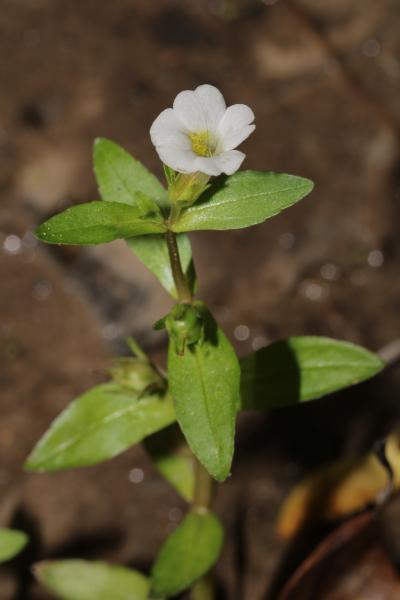 © Scott Ward | Original Image ⭷
© Scott Ward | Original Image ⭷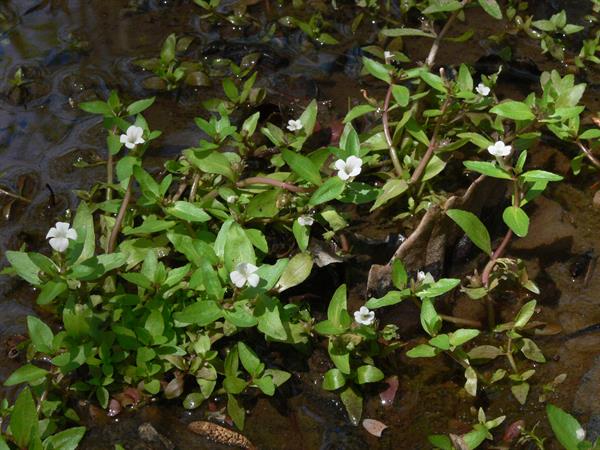 © Bruce A. Sorrie | Original Image ⭷
© Bruce A. Sorrie | Original Image ⭷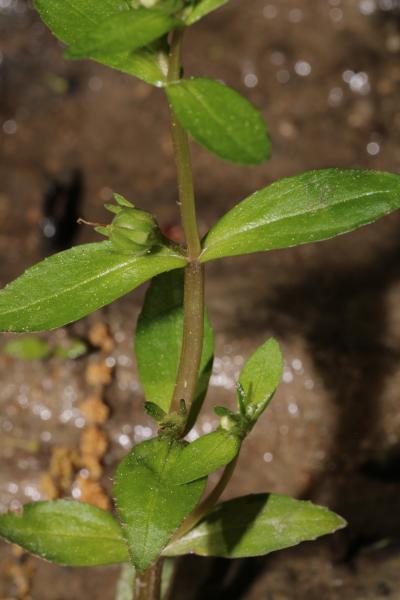 © Scott Ward | Original Image ⭷
© Scott Ward | Original Image ⭷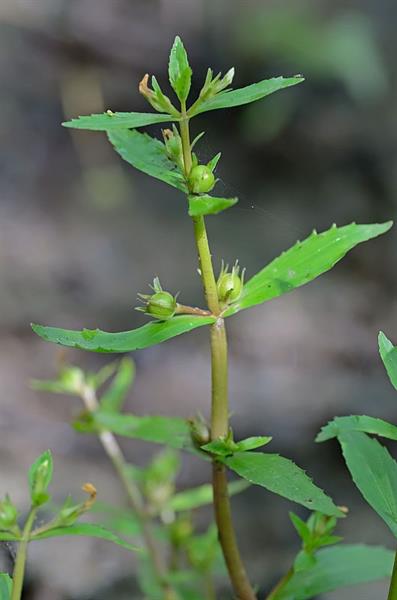 © Gary P. Fleming | Original Image ⭷
© Gary P. Fleming | Original Image ⭷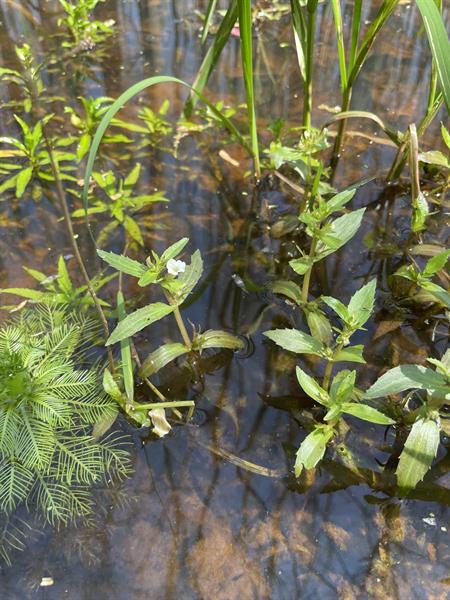 © Paul Marcum source | Original Image ⭷
© Paul Marcum source | Original Image ⭷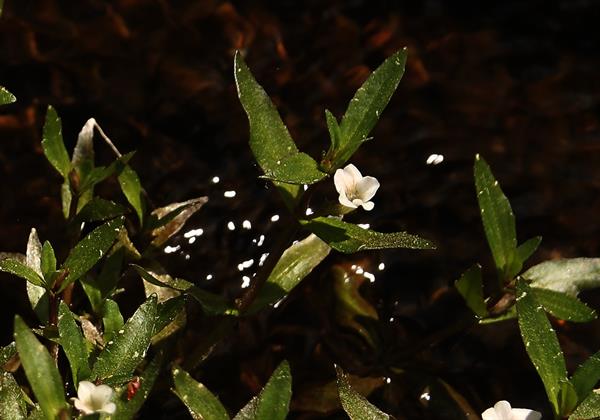 © Richard & Teresa Ware CC-BY-NC, permission granted to NCBG | Original Image ⭷
© Richard & Teresa Ware CC-BY-NC, permission granted to NCBG | Original Image ⭷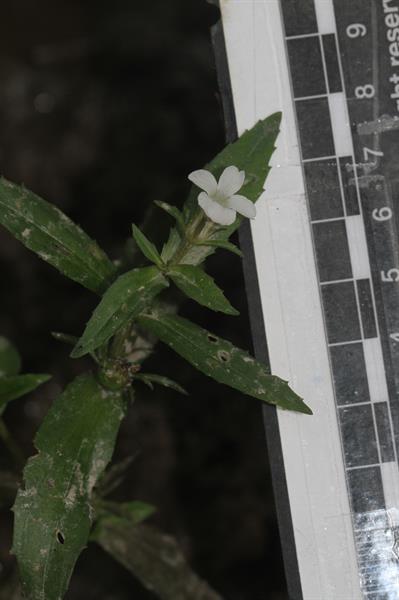 © Paul Marcum source | Original Image ⭷
© Paul Marcum source | Original Image ⭷Feedback
See something wrong or missing on about Gratiola virginiana? Let us know here: (Please include your name and email if at all complicated so we can clarify if needed.)
Cite as...